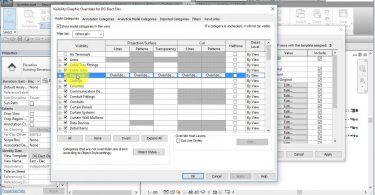

Walls - Architect creates them – Structural Engineer Copy / Monitors them.įloors – Structural Engineer creates them –Architect Copy / Monitors them.Ĭolumns – Structural Engineer creates them –Architect Copy / Monitors them. Grids - Architect creates them – Structural Engineer Copy / Monitors them. Levels – Architect creates them – Structural Engineer Copy / Monitors them. All projects will be a little bit different. For a typical building I would suggest the following, but remember, you need to review this in detail before every project. Just remember you only copy monitor items both parties need to track. The Engineer can draw the floor, create openings in it using the shaft tool, change the type properties, and edit it’s sketch.Īfter copy / monitoring the floor the Architect can change it’s type, edit it’s sketch shape, move it, even edit the shaft openings the engineer has created, but if the Architect is to put an opening in the floor (using the shaft opening tool), it will not transfer correctly to the Engineers drawing. Let’s say the Engineer creates a structural floor and the Architect copy / monitors it. The only way to addopenings is to edit its profile or sketch.

Edit openings but cannot add openings using the opening tool.I say privileges in regard to work correctly within the copy / monitor workflow. The monitoring will work both ways, but there is slightly different privileges the users will have, depending on if they are the original creator or copier of the element. Example: The Architect controls and creates the Levels and Grids, and the Engineer creates the structural walls, floors and columns. One of the parties will do the original creation of the category elements and the other will copping. If you haven’t yet done some coordination between the Architect and Structural engineer in Revit here are some tips.Ĭopy / Monitor is a two way process.


 0 kommentar(er)
0 kommentar(er)
